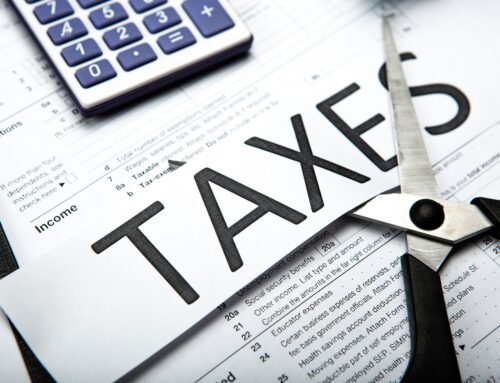Hey ladies! Go to the recording of my teleseminar today onwww.blogtalkradio.com for some positive perspective on the markets and advice on staying the course to be eligible to reap the returns that the stock market has historically given.
I congratulate all who have not sold out of their stock mutual funds, realizing that monies invested in the stock markets are there for the medium-to-long term goods and services that we will buy as we age.
Yet I want to invite those who may have sold out of their stock mutual funds or stocks to begin buying back into the markets, perhaps utilizing a strategy called Dollar Cost Averaging, which is fancy language for investing systematically into the market on different days thereby attaining different purchase prices whose average has historically been favorable to simply choosing one particular day in which to invest (or sell, for that matter).
The main point is to think through what cash you will need in the near term, in the medium term and in the long term, and to match those time goals with the most appropriate investment types. For example if you need to purchase goods or services within the next 2 years, those funds should be set aside in a Money Market, preferably a Government Money Market or a series of short term Certificates of Deposit. Monies needed in 2-7 years should be invested in diversified no-load bond mutual funds, (or better yet, bond index funds) and monies need to buy goods and services in 7+ years should be invested in diversified stock index funds that historically have returned in excess of inflation. Let’s invest in our own empowered retirements and provide ourselves more choices that historically stock mutual funds have provided.
Market timing–getting out of the market at high price levels and then getting back into the market at low price levels–has lured many an investor, as well as many a professional money manager over the years. Yet when Peter Lynch–the single most successful stock picker of our age, and the former manager of Fidelity’s wildly profitable Magellan Fund from 1977-1990 when that fund’s asset base swelled from 20 million to 14 billion, and beat the S & P 500 11 out of 13 yrs, sporting an annual ave return of 29%–is quoted as saying he has never known anyone to be “right” on timing decisions more than once in a row; that should be fair warning to the amateurs among us not to try this at home.
That said, it has been VERY difficult to maintain our equilibrium amidst the media’s barrage of negativity and Chicken Little admonitions, so if you scurried to the sidelines and into cash out of fear, pull your courage back up and become an investor again, to reap what would certainly be stock market gains over the next 24 months and longer. We Can Do It Women!™




